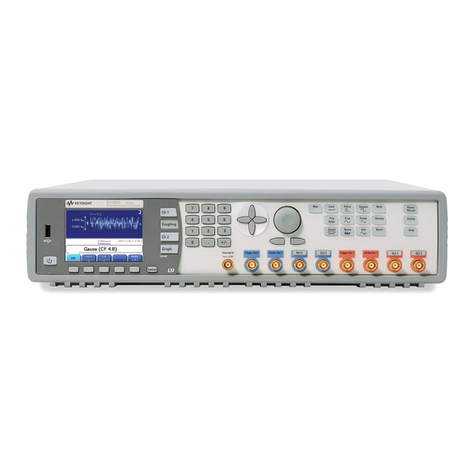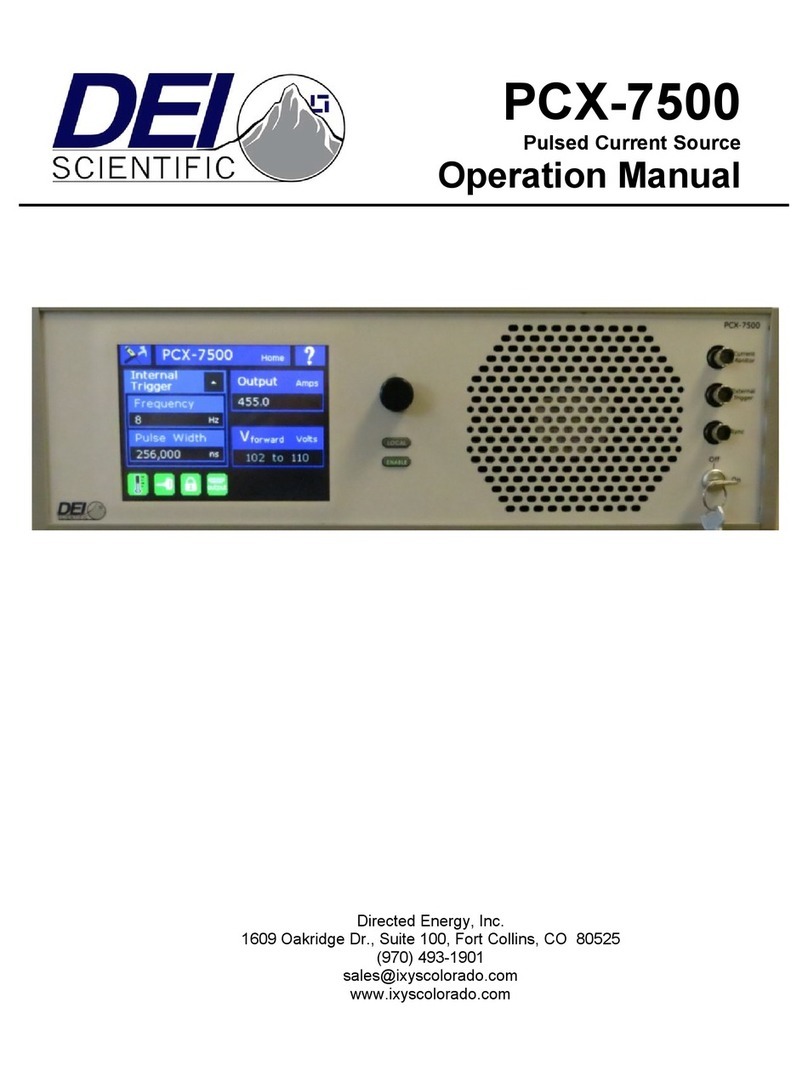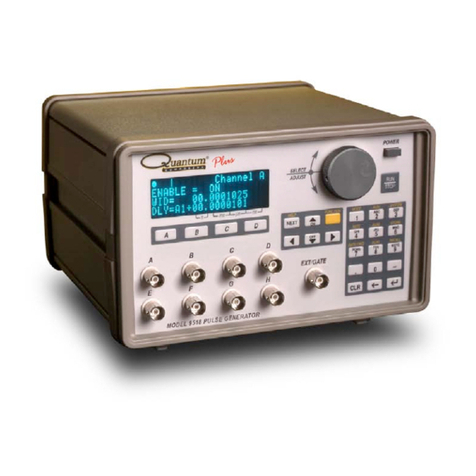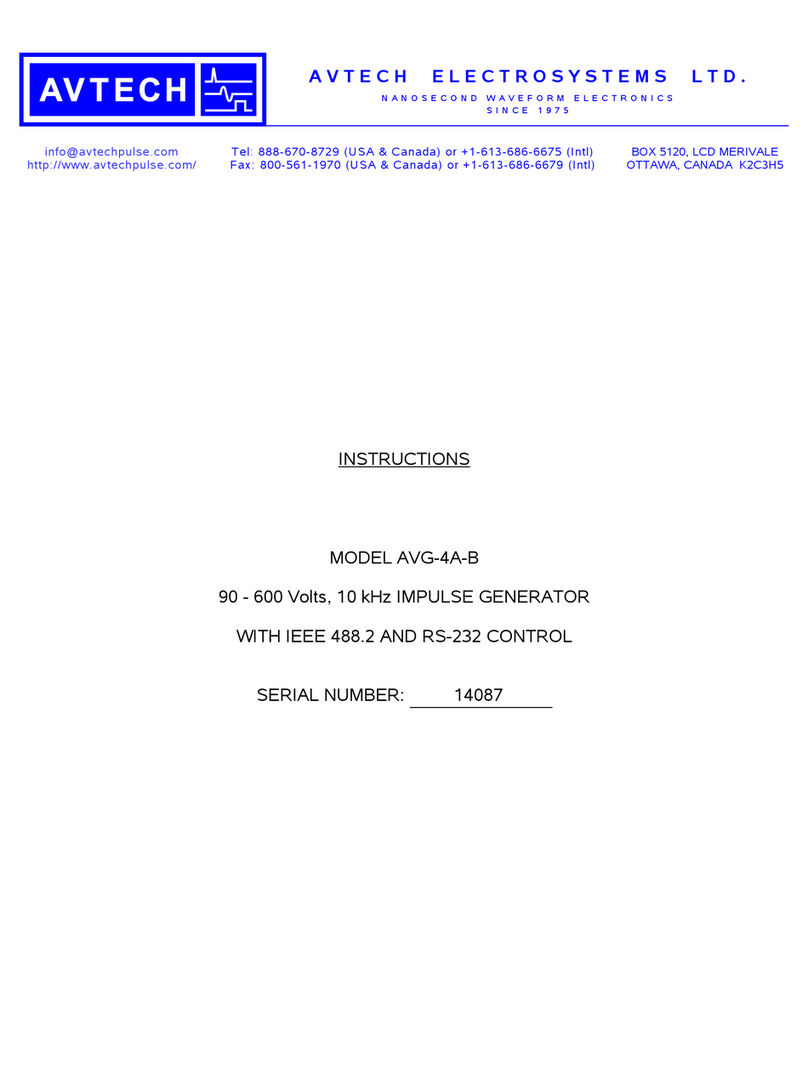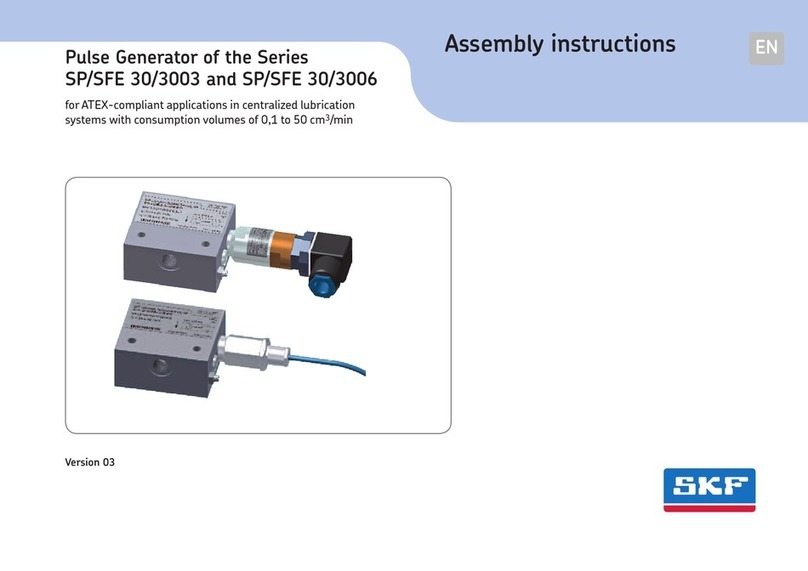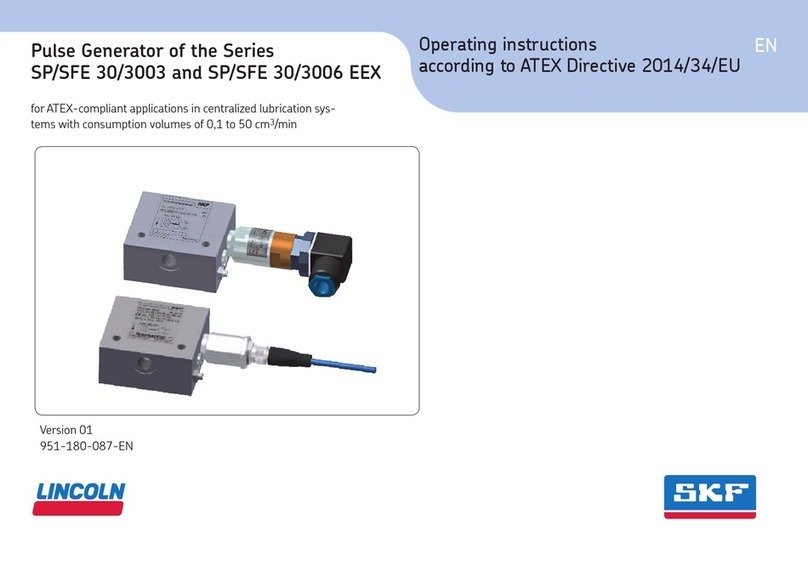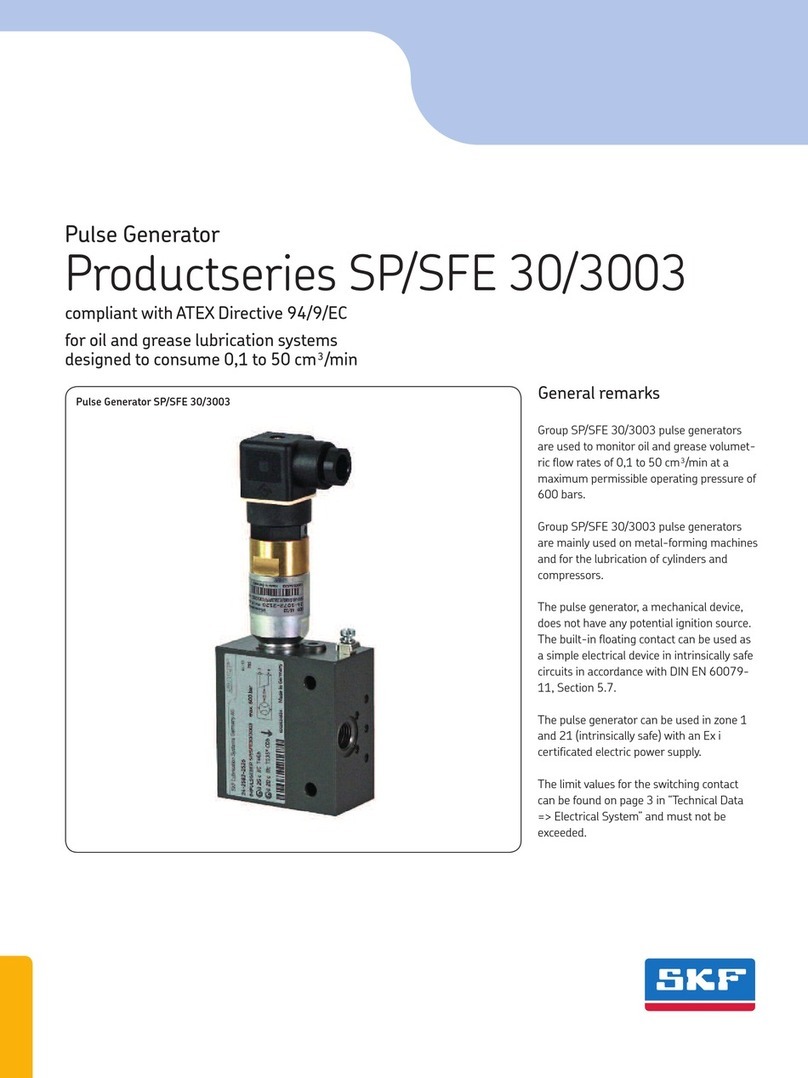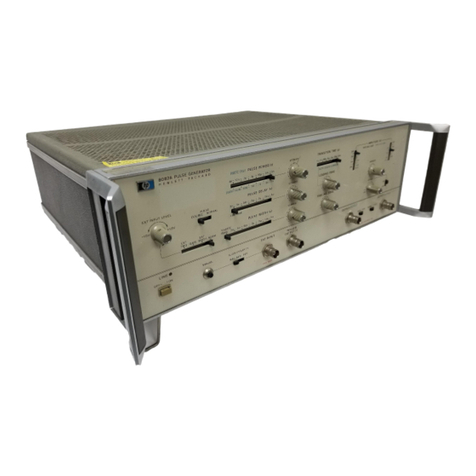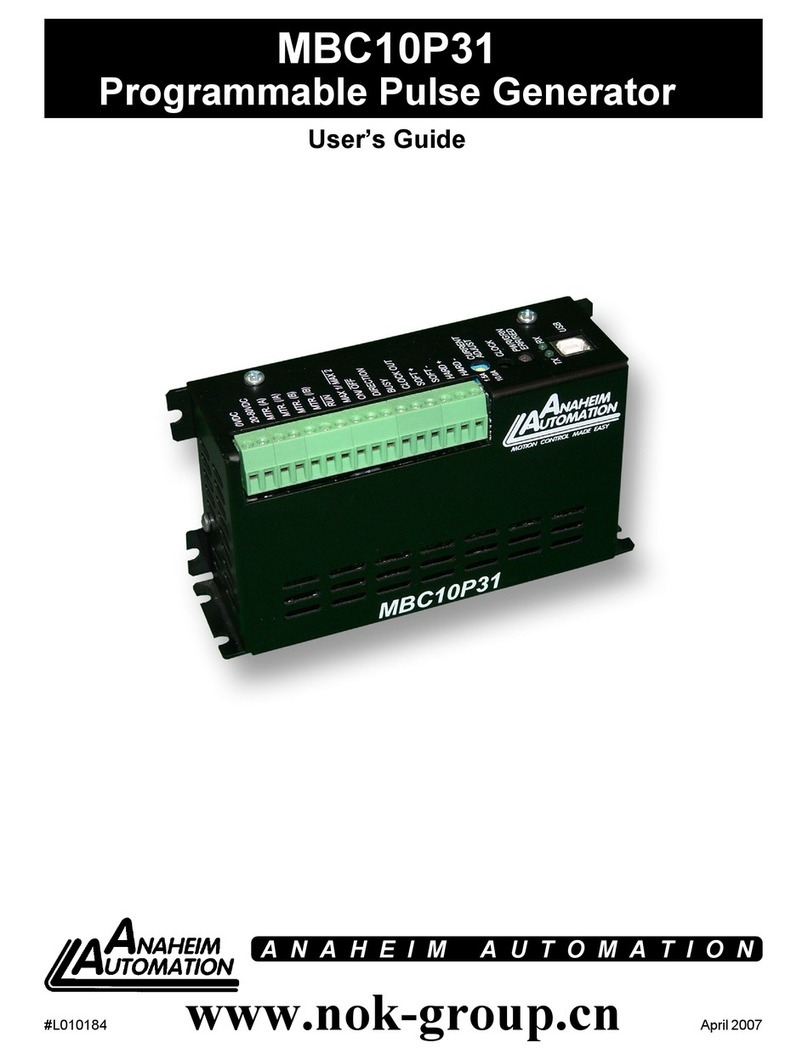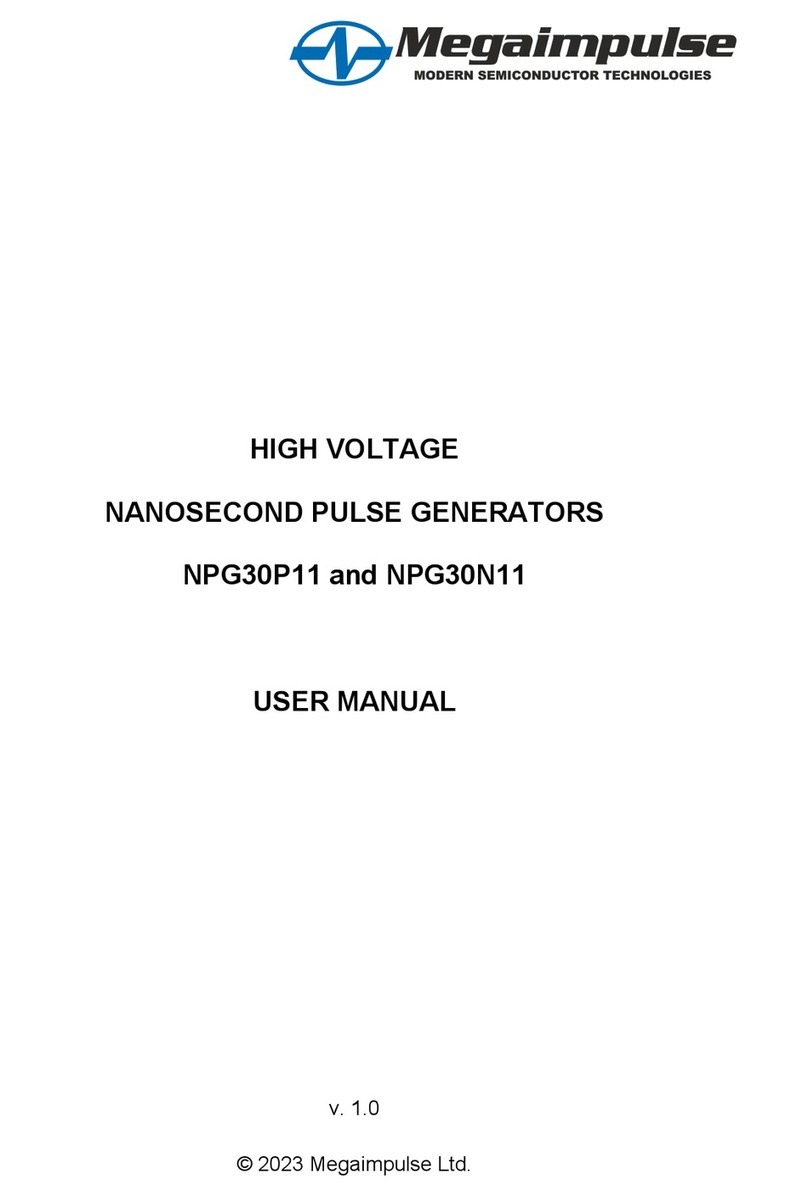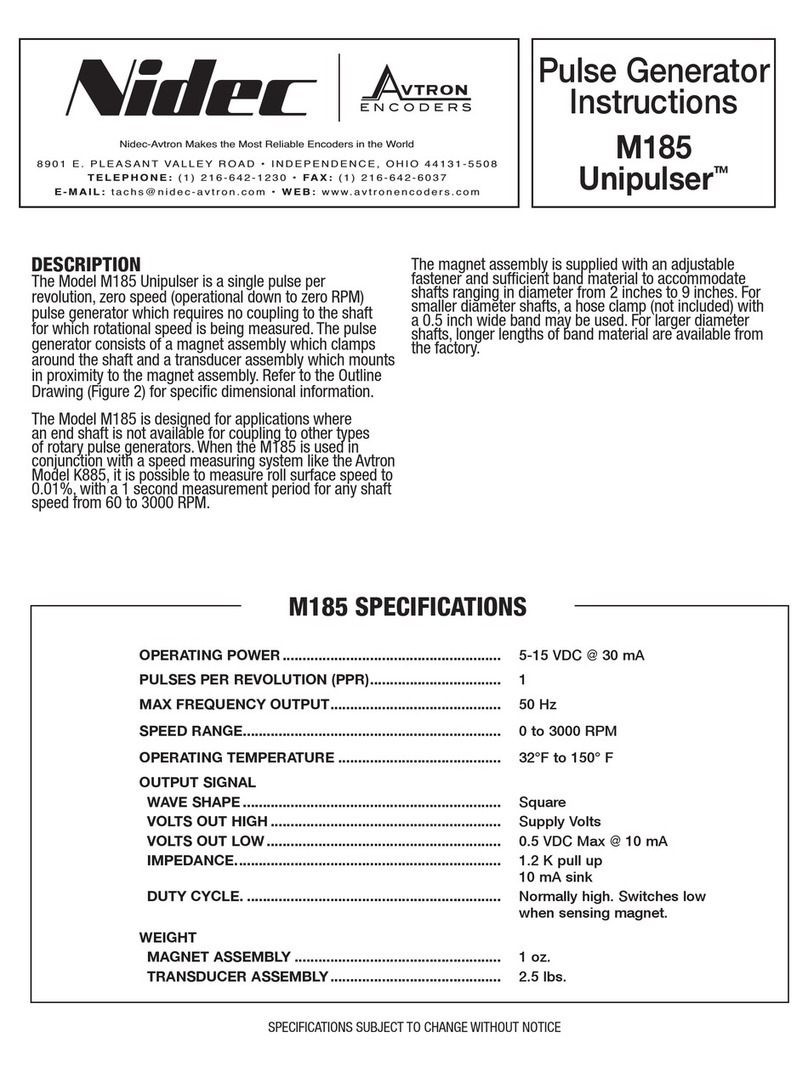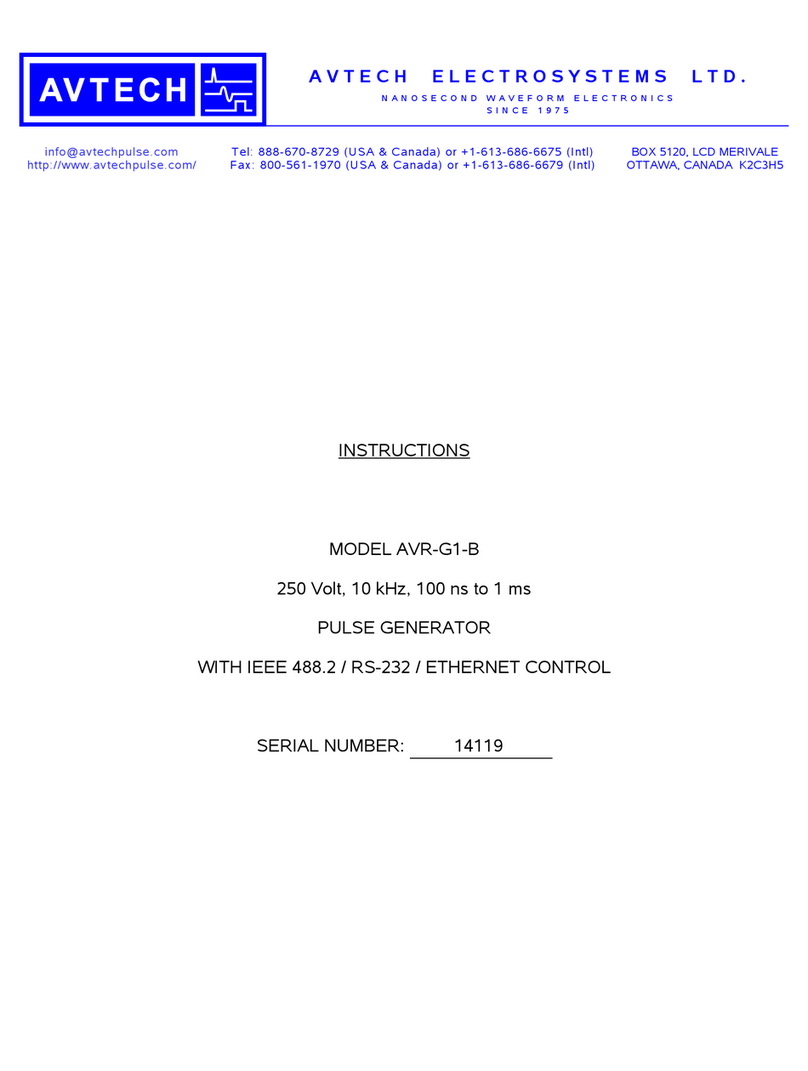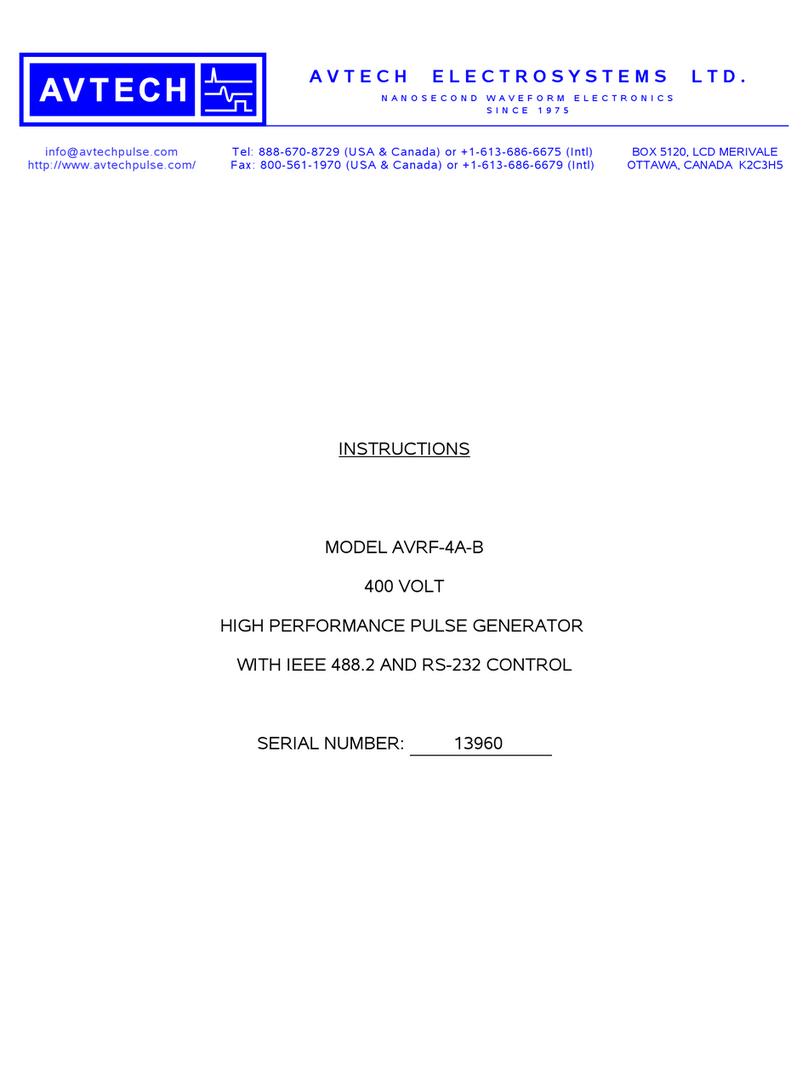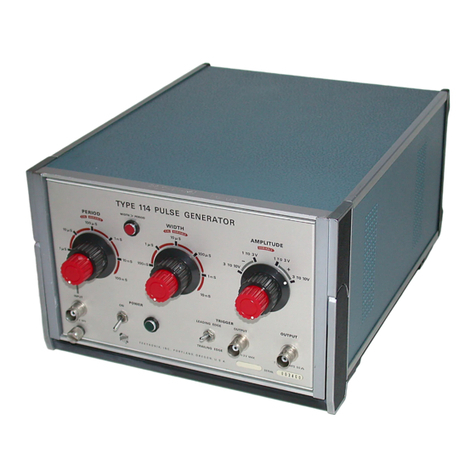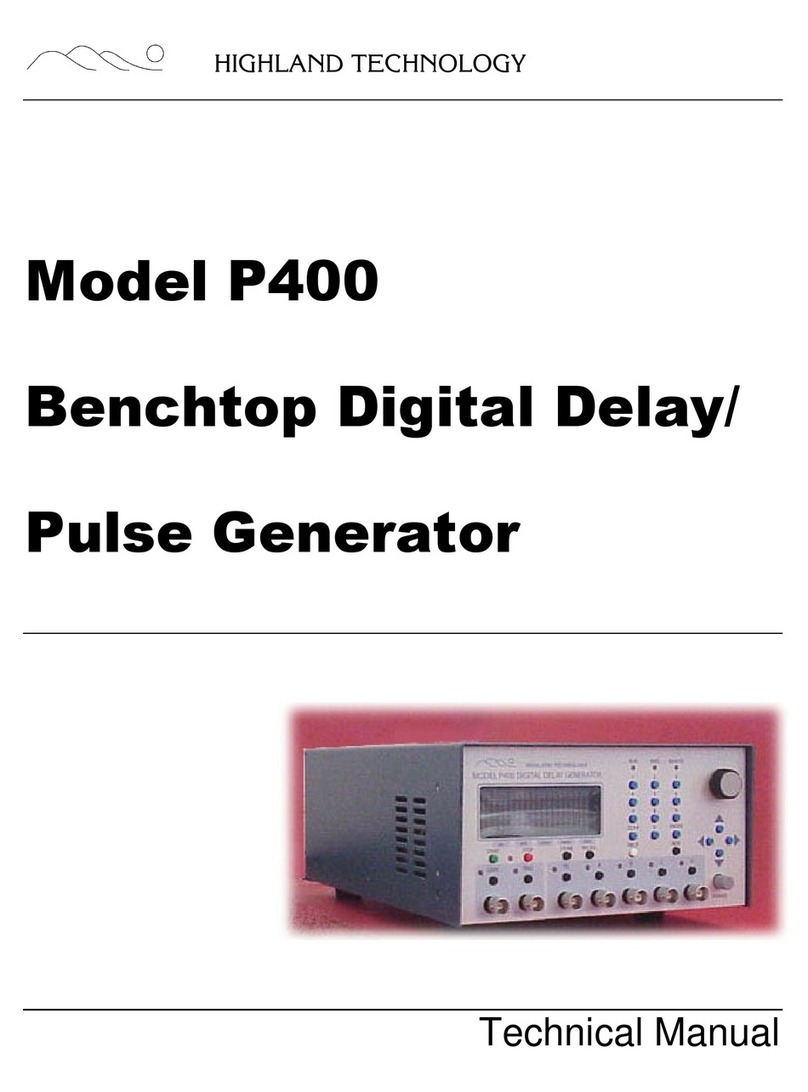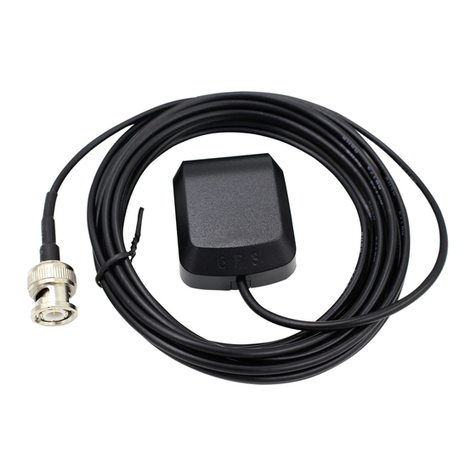The CMAC 2504 is a handheld, portable acoustic emission pulse
generator used to inject a known signal into a machine instrumented
with an SKF Acoustic Emission Enveloping (AEE) condition monitor-
ing systems. The system’s response to the signal is used to validate
the installation. The CMAC 2504 generates a pulse train output with
20 V amplitude, 2.0 μs pulse width and a repetition frequency of
~70 Hz. The AEE system response should be an attenuated pulse
train with the same repetition frequency (~70 Hz). The presence of
this response is sufficient to validate an AEE installation.
Features
• Pulse train output with 20 V amplitude, 2.0 μs pulse width and a
repetition frequency of approximately ~70 Hz
• LED indicators for on/off state and also for low battery condition
• Estimated battery life > 100 hours for Lithium PP3 battery
• Automatically turns off after 60 minutes to conserve battery life
• Handheld
• Portable
• Rugged rubber boot
• Carry case
Components
• Acoustic emission pulse generator base unit
• 9 V PP3 Lithium battery with rating 550 to 1 200 mAh
• Protective rubber boot with stand/belt-clip
• Signal cable (BNC to SMB)
• Acoustic emission transducer
• Couplant gel*
• Protective carrying case
* Allergy warning: Couplant gel contains refined peanut oil. Please refer
to the Material Safety Data Sheet (MSDS).
Recommended use
All installations of SKF AEE condition monitoring solutions must be
validated before they can be commissioned. The CMAC 2504 is rec-
ommended for the validation of SKF AEE condition monitoring sys-
tems including SKF Multilog On-line IMx systems equipped with
CMON 2504 AE interface cards and appropriate acoustic emission
sensors. The CMAC 2504 can also be used to optimise sensor loca-
tions in advance of permanent installation by assessing the signal at-
tenuation for different sensor positions using the CMAC 2504 as an
input stimulus.
Storage
When not being used, the CMAC 2504 should be stored in the
provided carrying case. The device has been designed to withstand
temperatures between –40 and +60 °C (–40 and +140 °F) and
humidity levels of 10 to 90% relative (non-condensing) while in
storage. For long term storage (i.e., > 3 months), it is recommended
that the battery be removed from the unit.
Instruction guide
Turning the device On and Off
1 On – Press the red power button on the device membrane to turn
the device on. A green LED, adjacent to the button, will light
indicating that the device is on.
2 Off – Press the red button and hold for at least three seconds. The
green LED will turn off, indicating that the device is powered off.
